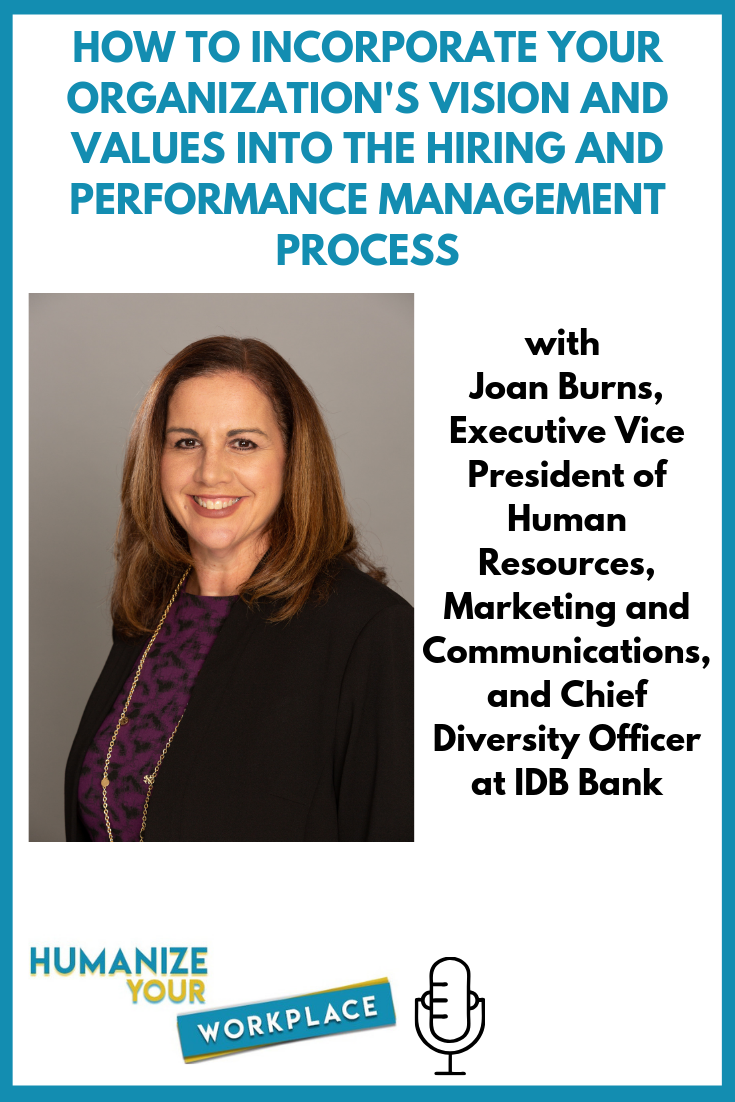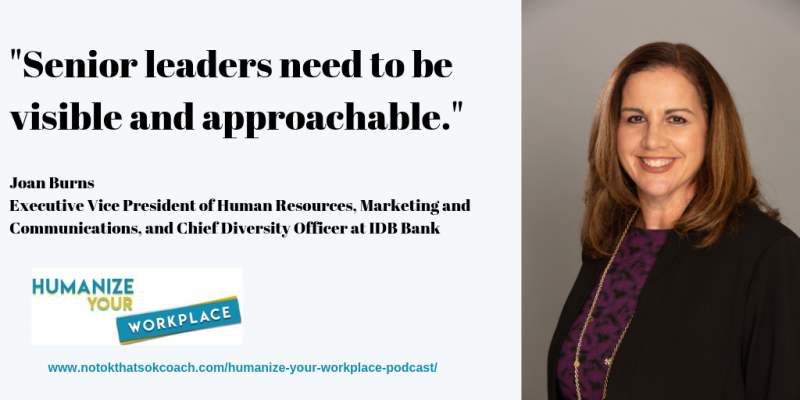-
the importance of sponsorship
-
creating and embracing vision and values as an organization
-
weaving your organization’s vision and values during the recruitment process and in performance management
-
being an accessible and approachable leader
If you could give a shout out to anyone in your career who has helped you become the professional you are today, who would it be and why?
There have been a series of four to five sponsors who have moved things out of the way for me. They opened doors and even trusted my abilities on things that maybe I didn’t know a lot about. Those people were critical for me to move forward on the corporate ladder.
And on a personal note, I would like to give the shout-out to my husband and the reason may be slightly different than one would think. The support of a spouse is tremendous, but my husband helped me and continues to help me think through business strategies in a male-dominated industry.
Can you share the difference between a sponsor and a mentor?
Mentors in my experience have been individuals who are great for tips and tricks or to run a scenario past. You can talk about a business problem, think things through together, or work on your career path.
A sponsor actually says, “I am going to take a phone call and I am going to get this job with you and for you. I’m going to make this happen. I’m actually going to issue you this assignment and I want to see that we work together through it and come out the other side so I can see your proven track record of results.” That actual doing and moving things was incredibly helpful for me and so I love sponsorship and I’m an advocate for it.
You mentioned a recent initiative on the vision and values of IDB Bank. Can you talk a little bit more about what they are and how they were created?
About six or eight months back in our transformation because IDB is in heavy transformation mode at this point in time. We realized that employees really needed to understand our purpose better. They needed to understand the direction of and the way that we intended to get there. Through our employee surveys and discussion with senior leadership and middle management we were able to come up with some thoughts around what the vision of the company is and what we aspire to be.
Then we wrapped around what we call “the values,” which are how you would get there. What your daily life needs to be like and how we need to live to be able to reach our aspirations and our highest level of potential. That was a very complicated piece of cultural work. It’s difficult to get people to change their behaviors in order to all drive to the same aspiration. And so, getting it down on paper and moving it through our systems and starting to talk the language of the company has been extremely useful for us and it’s been a very valuable exercise.
Can you share with us a little bit about why you think it’s important to weave vision and values in the hiring process and actually how you do it?
I realized that right up front the fit of an individual is important. Although this person may have the qualifications and skills for the job, will they actually fit at the company and believe the same things that the company believes? How do those values align? How does that thought of the future align together? Do those aspirations line up and meet each other?
What we came to find out is embedding some of those types of questions in our interview process helps us vet whether that alignment is actually there. (What’s important to you? How do you approach projects? What do you think the future state of this company could be?) And when the alignment is there, the staying power is there, and the individual will come into the company eyes wide open ready to go toward the same goal.
We believe that is well worth talking about those values very early on in the process and making sure that that alignment exists.
Have you ever also used this concept in performance management?
We are just starting to bring that through right now. It’s mid-year time and in mid-year we introduced a behavioral guide that talks about what good looks like. And our employees will have a better understanding of the introduction of the values in their goal setting.
We held some lunch and learns and advanced techniques about what those behaviors specifically mean and what they look like. But in the end, the result will be based on performance. We will also take into consideration what I’m calling “the how.” It’s both what you did at work and how you did it. That’s why that behavioral guide is very important.
You’re wearing so many hats in your organization, what are some strategies that you use to get to know employees in different locations?
The key to a senior management role is visibility plus approach ability. People have to feel comfortable to walk up to you and say hello and vice versa. I’ve had the opportunity to go out to the sites and visit people face-to-face, which has been critical. I also make it my business to ensure that I am a visible leader and I’m out introducing myself to people on a regular basis; whether it will be at a customer or an employee event.
I think the other thing is making the time for people, especially with your direct reports. I would also say being honest and direct. I think if there’s something for people to start to understand stylistically how you are, you have to be able to express your style. So, I’m a direct person and if I have something that I don’t like I will say, “You know perhaps we could take a different approach on that the next time because I didn’t care for this. I appreciate the fact that you’ve brought this particular effort forward.”
There’s a way to speak your mind and be positive to people so that they’ll come back. And in a job like I have, people coming back to visit me again is always what I want to see.
- Cultivating Relationships - July 20, 2021
- Empowering Our People - July 13, 2021
- Finding Purpose - July 6, 2021





